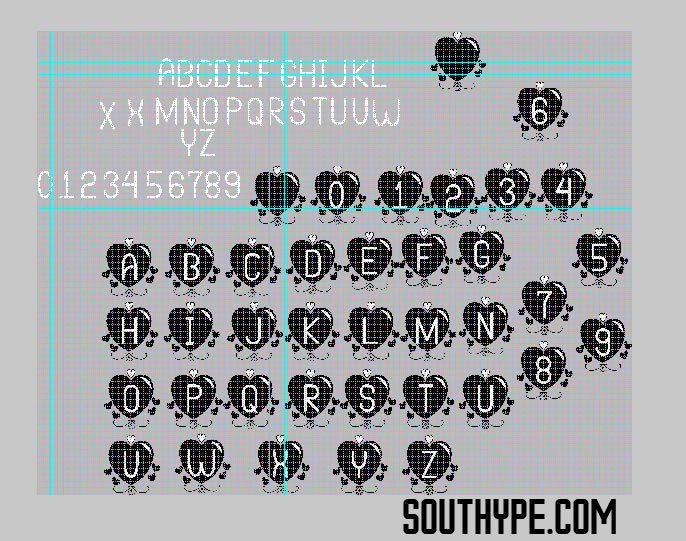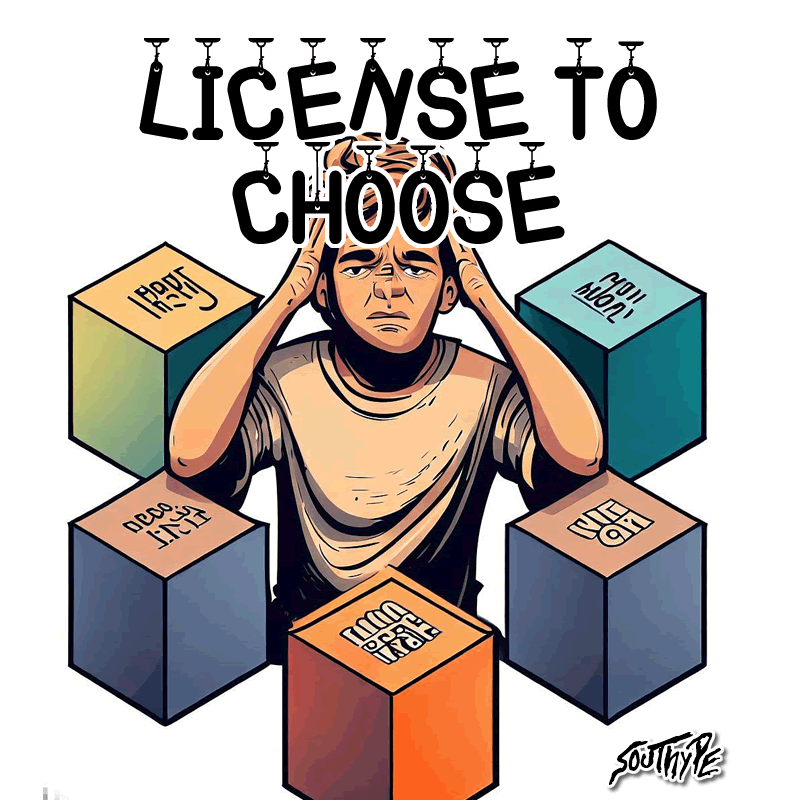
Choosing the right typeface is a crucial decision in design, and understanding when to use serif and sans serif fonts is an essential part of that process. In this article, we will explore the characteristics and appropriate usage scenarios for both serif and sans serif fonts. By understanding their unique qualities and considering factors such as readability, tone, and context, designers can make informed decisions and create visually effective typography.
Serif Fonts:
Serif fonts are characterized by small decorative flourishes or “serifs” at the ends of strokes. They convey a sense of tradition, elegance, and formality. Here are some instances where serif fonts are commonly used:
- Print Media: Serif fonts have a long history of use in print media, such as newspapers, books, and magazines. Their legibility and readability make them suitable for extended reading.
- Formal Documents: Serif fonts are often preferred in formal documents, such as resumes, business letters, and legal contracts, as they add a touch of professionalism and convey a sense of authority.
- Branding with Classic Appeal: Brands that want to evoke a sense of heritage, reliability, or tradition may opt for serif fonts. They can be effective for luxury brands, upscale restaurants, or institutions that value a classic aesthetic.
Examples of Serif fonts
- Times New Roman: Times New Roman is one of the most widely recognized serif fonts. It has a classic, elegant appearance and is often used in traditional print media such as newspapers, books, and academic documents.
- Georgia: Georgia is a serif font that was specifically designed for digital screens. It offers excellent legibility even at smaller sizes, making it a popular choice for websites and online publications.
- Garamond: Garamond is a timeless serif font known for its elegance and readability. It has a delicate and refined look, making it suitable for various applications, including book typography, high-end branding, and formal invitations.
- Baskerville: Baskerville is a serif font with a rich history. It features sharp, well-defined serifs and high contrast between thick and thin strokes, giving it a distinctive and sophisticated appearance. Baskerville is often used in print design, including books, magazines, and luxury branding.
- Caslon: Caslon is a classic serif font with a long history dating back to the 18th century. It is characterized by its moderate contrast and strong vertical stress. Caslon is widely used in editorial design, particularly for body text in books and magazines, as well as in branding for a touch of elegance and tradition.
Sans Serif Fonts:
Sans serif fonts, on the other hand, lack the decorative flourishes found in serif fonts. They offer a modern, clean, and straightforward look. Here are some scenarios where sans serif fonts are commonly used:
- Digital Platforms: Sans serif fonts have gained popularity in digital environments due to their clean and legible appearance on screens. They are widely used in website design, user interfaces, and mobile applications.
- Informal Communication: When conveying a more casual or contemporary tone, sans serif fonts are a suitable choice. They are commonly used in social media graphics, blog posts, and informal advertisements.
- Modern Branding: Many tech startups, modern businesses, and brands aiming for a sleek and minimalistic image opt for sans serif fonts. They convey a sense of innovation, simplicity, and forward-thinking.
Examples of Sans Serif fonts
- Helvetica: Helvetica is a widely recognized and versatile sans serif font known for its clean and minimalist design. It has a neutral appearance and is commonly used in various design applications, including branding, signage, and print and digital media.
- Arial: Arial is a popular sans serif font that closely resembles Helvetica. It is widely available and commonly used in digital environments, such as websites, presentations, and user interfaces. Arial offers good readability at different sizes.
- Futura: Futura is a geometric sans serif font known for its modern and futuristic look. It features clean lines and simple geometric shapes, making it suitable for contemporary design projects. Futura is often used in branding, advertising, and editorial design.
- Gill Sans: Gill Sans is a humanist sans serif font with a distinctive and friendly appearance. It has a balanced and versatile design, making it suitable for a wide range of applications, including branding, signage, and print media.
- Roboto: Roboto is a sans serif font designed specifically for digital interfaces. It was created by Google and is now widely used in Android applications and web design. Roboto offers excellent legibility on screens and has multiple weights and styles for added versatility.
Considerations and Flexibility: While serif fonts are often associated with print and formal contexts, and sans serif fonts with digital and informal contexts, it’s important to note that these guidelines are not strict rules. Designers have the flexibility to mix and match fonts to create unique visual identities. It’s crucial to consider factors such as brand personality, target audience, and the overall design concept when making font choices.
Conclusion:
Understanding when to use serif and sans serif fonts is key to effective typography. Serif fonts bring a sense of tradition and formality, making them suitable for print media and formal documents. Sans serif fonts offer a modern and clean look, ideal for digital platforms and conveying a casual tone. By considering readability, tone, context, and the specific needs of a project, designers can make informed decisions and create typography that enhances the overall visual impact and effectiveness of their designs.




